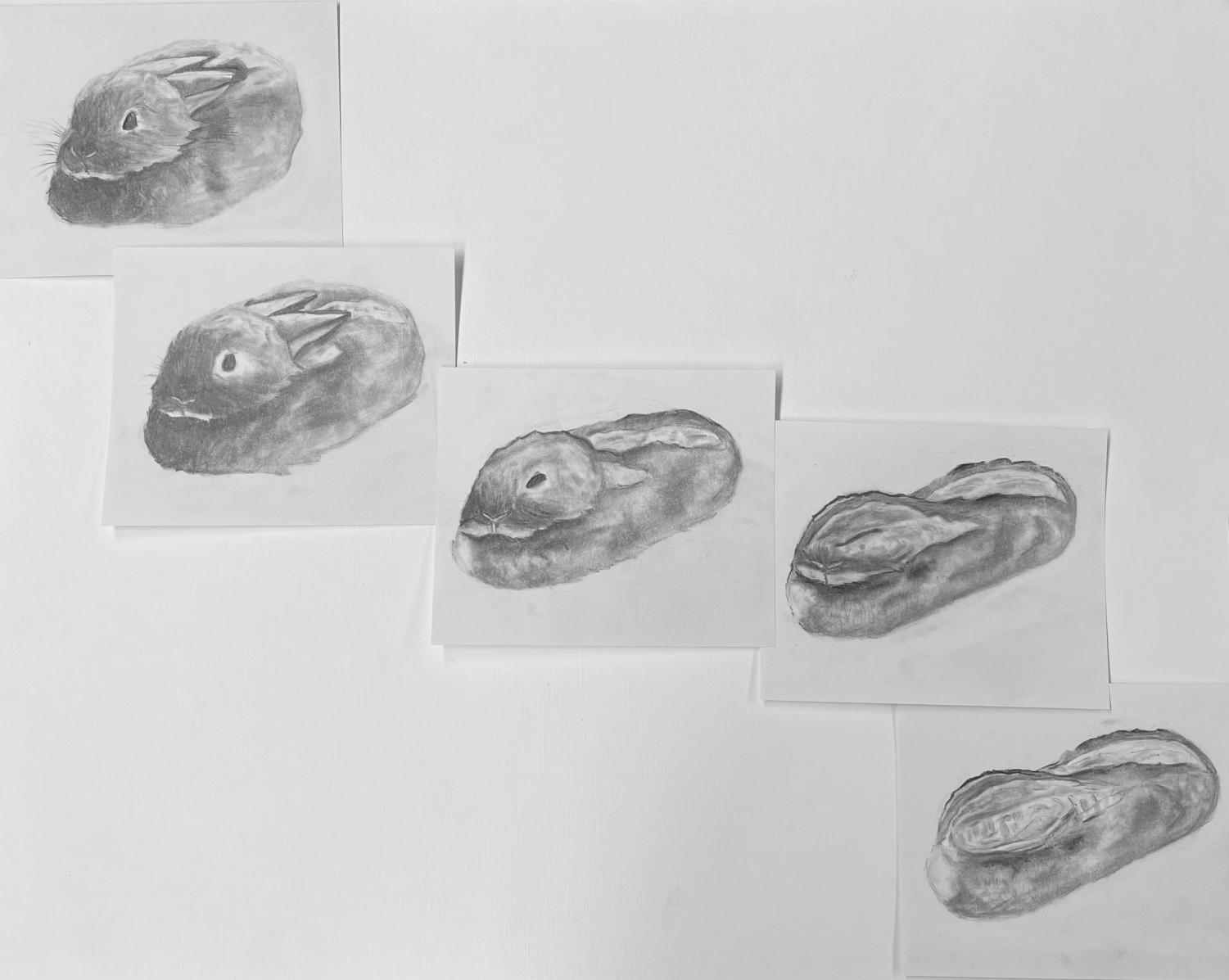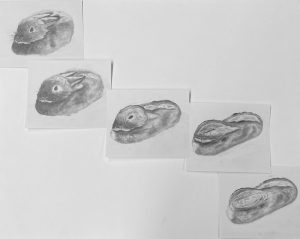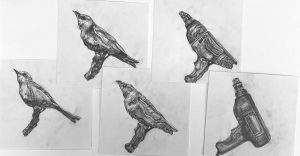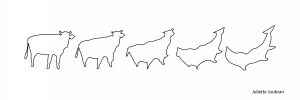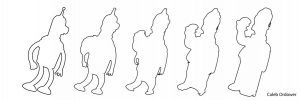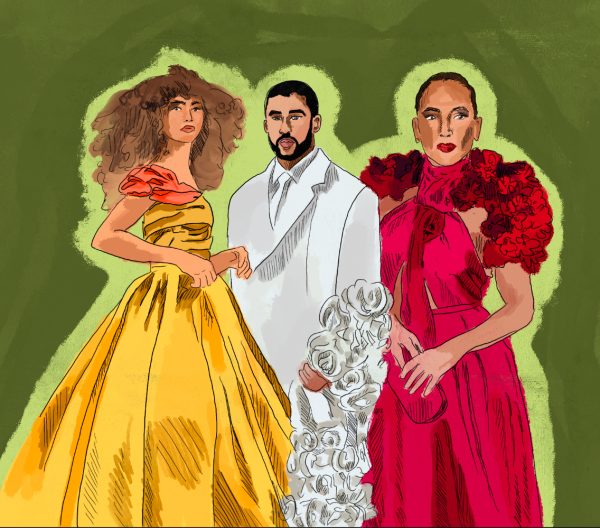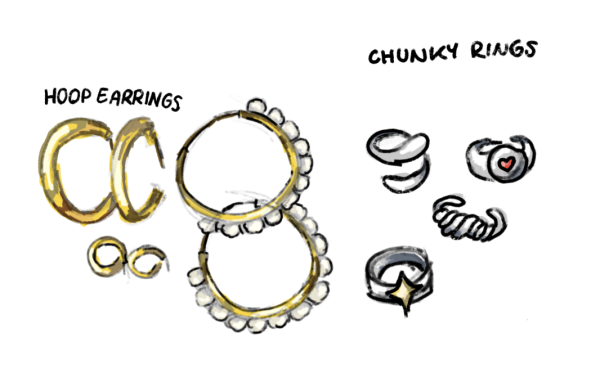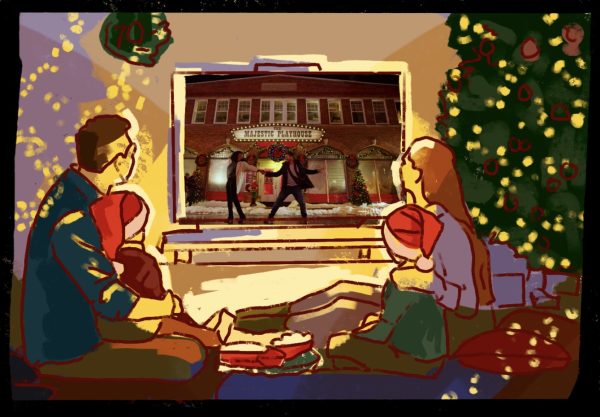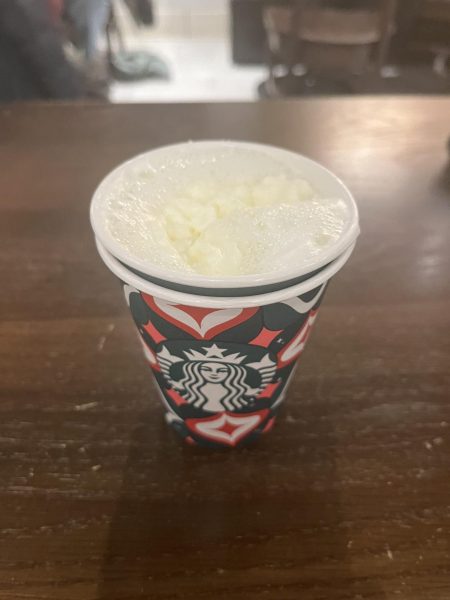A New Sequence of Arts Courses at MBS
While we’ve all heard sayings such as “you are just good at art because you are naturally good at it,” Morristown-Beard School’s art program has a different belief. In years past, any student would be able to jump right into most arts courses the school offers, skipping the needed basics of art taught only in Art 1. This year, MBS wanted a change to better reflect the mission of the Design Arts department.
One of the curriculum designers for the new art course titled “Foundations” is art teacher Mr. Zachary Mazouat. He said, “art is a skill that you learn, not a talent you’re born with.” Mazouat explained further that it is important to have a solid understanding of the foundations of art to succeed in higher level courses.
Art 1 focused on observational drawing skills and was a prerequisite for only Art 2. Not only did this give students no basics for any other art course besides Art 2, but the course also had no theoretical aspect. Mazouat explained that in Art 1, students were taught to look at a photo and draw it. The old system has worked for years; however, the Foundations classes lets each student take their art in a direction that they want rather than following step-by-step guides from the teacher.
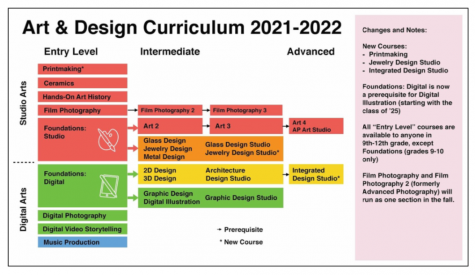
There are so many different types of art classes offered at MBS, ranging from ceramics to glass and metal design. Rather than using up a quarter or even semester reviewing the basics in each arts course, the Foundations classes give every student the skill set needed to succeed in all of the art programs offered at MBS. Additionally, rather than learning to do only one or two skills, these new classes offer a theory-based curriculum. Instead of doing fewer, larger projects, the Foundations classes do more frequent smaller projects with a wider variety of skills taught in order to master the foundations of art. Lauren Solimo ‘24 said that she enjoys the “creative freedom” this class has to offer. While students may all be completing the same project, they are encouraged to take it in any direction to really take ownership of their own learning.
Not everyone wants to pursue physical art like drawing and painting, so what about the many other digital art classes that are offered? The Foundations classes are offered in Studio (drawing and painting), and Digital (using digital art platforms). For the first semester, however, both courses (Foundations Studio and Foundations Digital) have the same curriculum. In the second semester, each class goes on to learn more about their specific art medium. In addition, while the classes use completely different materials and platforms, the art department curated the course so that both classes were doing mainly the same projects. For example, students in Foundations Studio design projects that revolve around physical art, while those in the Foundations Digital course design the same projects using mainly computer software. This way, instead of every class doing their own project, every student enrolled in a Foundations course is learning the same concepts but on different platforms.
In the future, the Design Arts department will require every freshman who wants to pursue any art class, excluding film and ceramics, to take either a Foundation course, depending on what classes they want to take in the future (digital or studio). This curriculum is always growing, and the department welcomes student feedback. Erica Adu ‘24 is currently enrolled in Foundations Studio. She explained that she likes how the class gives students a creative outlet. She said that the course has “help[ed] us express ourselves through art.” The Design Arts faculty wants to make sure that students taking foundation classes not only learn the skills that will set them up for success in the art world, but also to have a good time!

